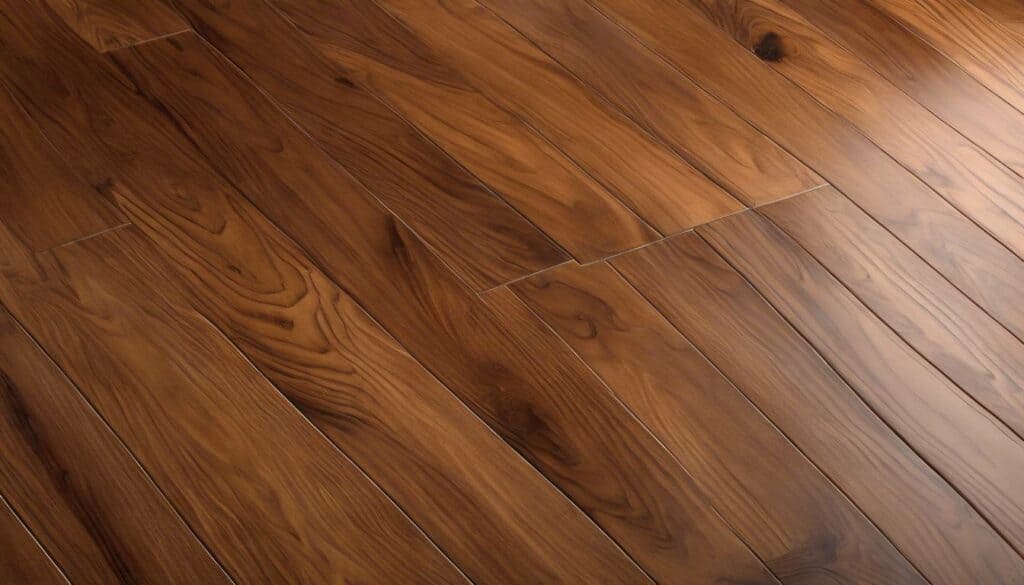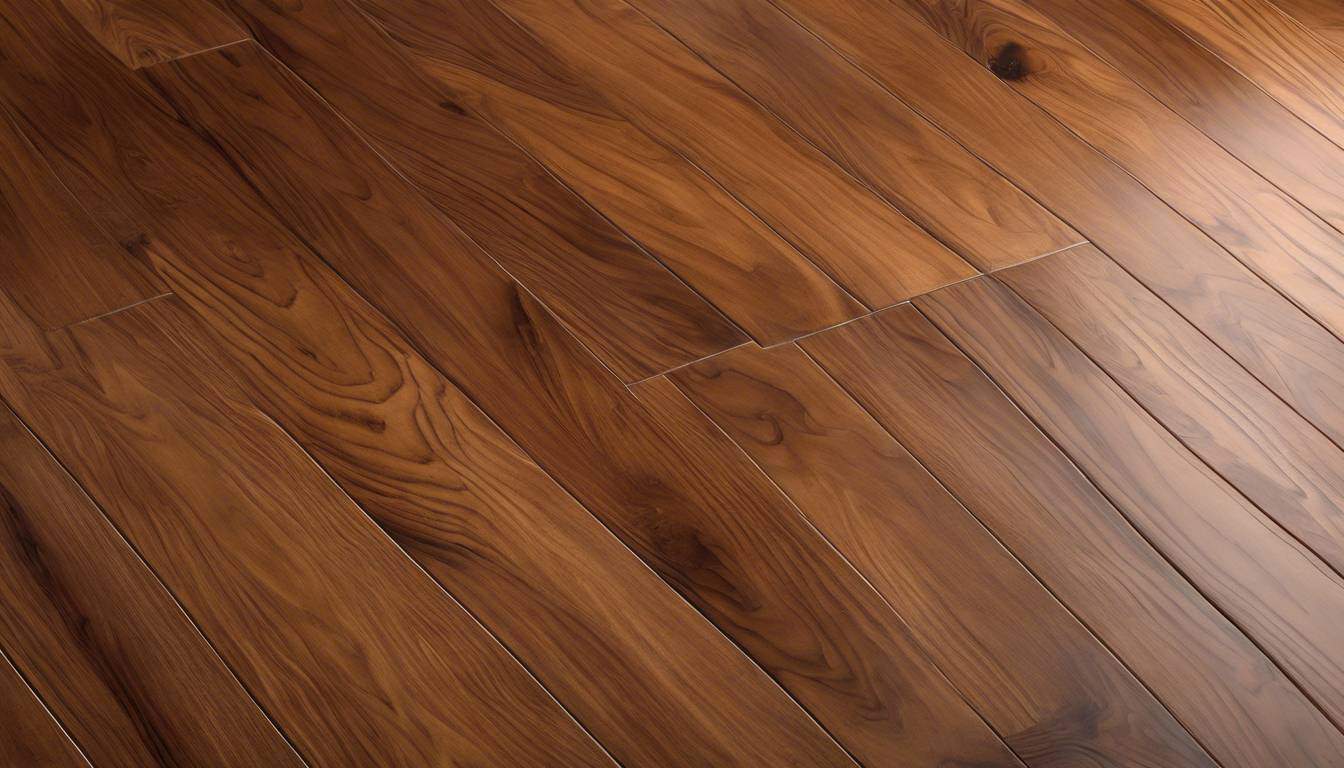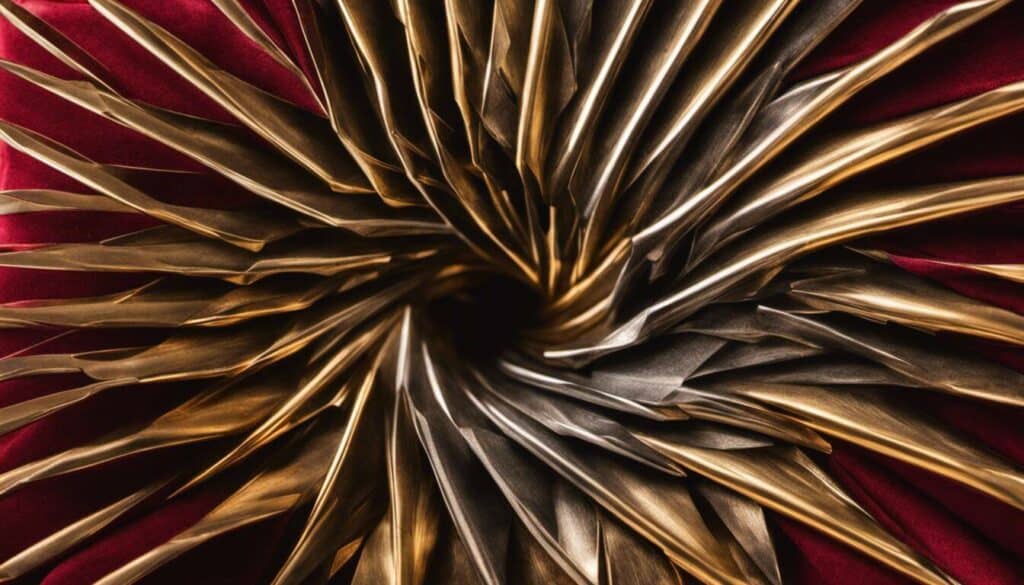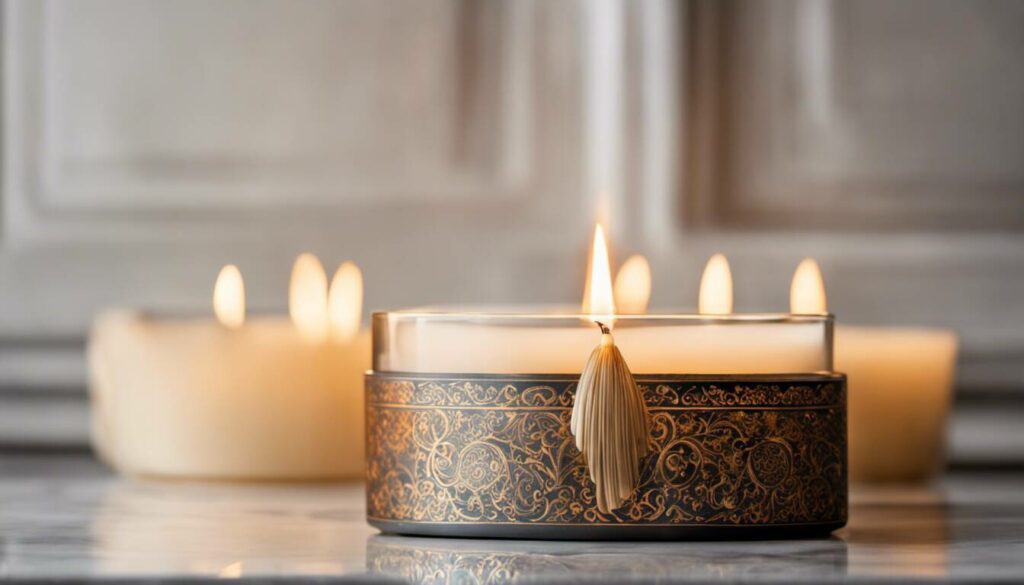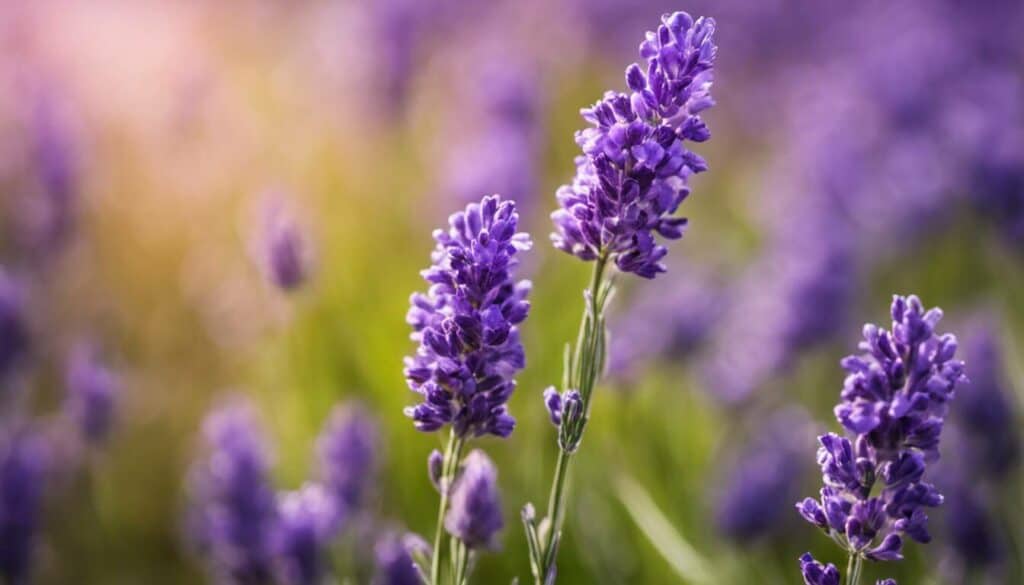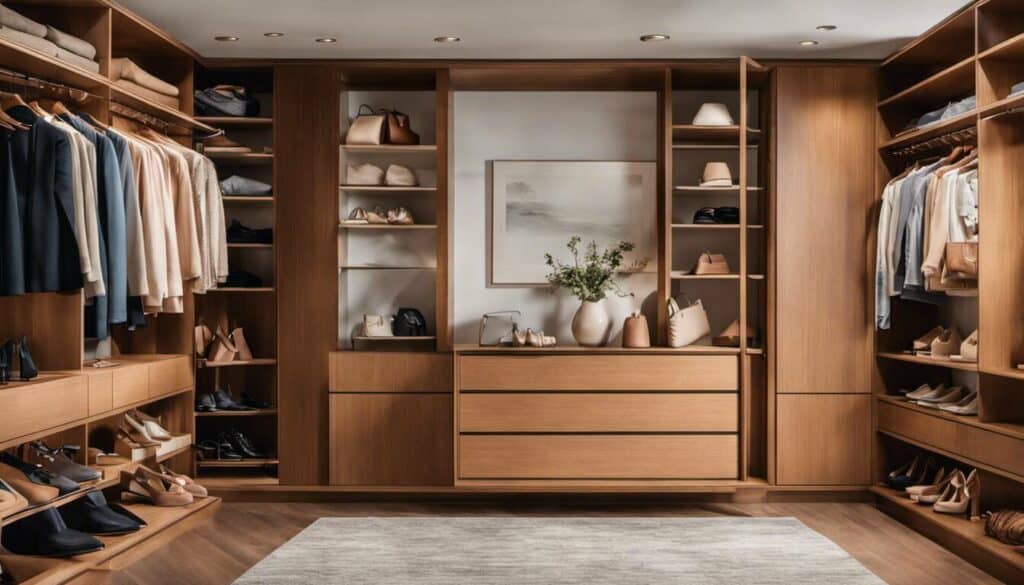In my exploration of new flooring options during my home renovation, I’ve noticed a significant shift towards embracing natural and sustainable materials while maintaining modern aesthetics. I’ve found decorators increasingly favoring earthy tones, wider planks, and eco-friendly options like bamboo and repurposed lumber. For me, it’s not just about environmental responsibility; it’s also about discovering unique textures and patterns to craft one-of-a-kind spaces. With a focus on luxurious finishes and alternating plank widths, I’ve observed ample opportunity for creativity to thrive. The interplay of distinctive light and dark tones adds an extra layer of depth and character to the design process.
In 2024, natural colors and sustainability are the popular trends in hardwood flooring. Homeowners are drawn to warm, earthy tones that create a sense of harmony and connection to the environment, and reclaimed wood flooring showcases natural wood beauty while embodying a commitment to sustainability. When deciding between different hardwood floors, these factors play a crucial role in the selection process are the popular trends in hardwood flooring. Homeowners are drawn to warm, earthy tones that create a sense of harmony and connection to the environment, and reclaimed wood flooring showcases natural wood beauty while embodying a commitment to sustainability. Additionally, wide plank hardwood floors are experiencing a comeback in popularity as they showcase more of the wood’s natural grain and variation, providing a character-rich appearance suitable for both commercial and residential settings.
Current Wood Floor Trends
The year 2024 has brought a captivating fusion of contemporary and traditional elements in wood floor designs. Homeowners are not only prioritizing stylish aesthetics but also the sustainability of materials, making choices that reflect their commitment to environmental responsibility. Let’s explore some of the most exciting trends taking over the world of wood floors.
Embracing Warm, Earthy Tones
One of the prominent trends gripping homeowners in 2024 is the preference for warm, earthy tones in wood flooring. Natural shades like honey, amber, and walnut provide a cozy and inviting feel to living spaces while seamlessly blending with various interior design styles. The comforting appeal of these tones adds a touch of sophistication to any room, creating a welcoming ambiance.
The rise in popularity of warm, earthy tones can be attributed to their versatility in complementing a wide range of decor styles, from rustic farmhouse to modern minimalism. These tones also have the advantage of hiding dust and dirt better than lighter colors, making them a practical choice for high-traffic areas.
Wide Plank Flooring
Another significant trend dominating the wood floor scene is the preference for wide plank flooring. This style creates an illusion of expansiveness, making small rooms feel more open and airy. With fewer seams between the planks, wide plank flooring showcases the natural beauty and grain patterns of the wood, adding a touch of luxury to the space.
In addition to visually enhancing a room, wide plank flooring offers practical benefits such as easier installation and reduced maintenance. The larger surface area of each plank means less time spent cleaning and maintaining the floors, making it an appealing choice for busy households.
Sustainable Options: Bamboo and Reclaimed Wood
Sustainability is at the forefront of consumers’ minds in 2024, driving the demand for eco-friendly wood flooring options such as bamboo and reclaimed wood. Bamboo’s rapid growth rate and natural strength make it an environmentally conscious choice for homeowners seeking sustainable materials. On the other hand, reclaimed wood brings a sense of history and character to a space while reducing the demand for newly harvested timber.
By opting for sustainable materials, homeowners are contributing to environmental conservation while embracing the unique aesthetic appeal that bamboo and reclaimed wood offer. The imperfections and patina in reclaimed wood tell a story, adding depth and charm to interior spaces.
Luxurious Stains and Finishes
Luxurious stains and finishes are making a splash in 2024’s wood floor trends, introducing rich and opulent hues that elevate the visual allure of hardwood floors. Deep espresso tones, smoky greys, and aged brass finishes bring a sense of sophistication and refinement to interiors.
These luxurious stains and finishes allow homeowners to infuse their spaces with elegance while maintaining the timeless appeal of natural wood. Whether aiming for a classic or contemporary look, these finishes provide versatility in design choices, enabling individuals to express their personal style through their flooring selection.
Mixed Width Planks and Pattern Play
Innovative designs featuring mixed width planks and captivating patterns are gaining prominence as homeowners seek to add artistic flair to their flooring. Mixing different widths within the same floor adds visual interest and dimension, creating a dynamic canvas for interior styling.
Moreover, pattern play with herringbone or geometric designs provides an opportunity for creative expression within living spaces. These patterns transcend traditional flooring norms, allowing individuals to showcase their unique personality through intricate floor designs that become focal points within the home’s architecture.
These trends stand as testaments to both innovation and tradition intertwining seamlessly in 2024’s wood floor designs. As homeowners aim for sustainability without compromising style, the industry responds with an array of options that cater to diverse preferences while promoting environmental consciousness.
In this era where wood floor trends are paving new paths towards sustainability and style fusion, our next destination is an exploration of light and dark tones that define 2024’s most sought-after flooring aesthetics.
Exploration of Light and Dark Tones
Light and dark tones in wood flooring have the power to completely transform the look and feel of a space. Let’s delve into the distinct appeal and versatile applications of both light and dark wood flooring options.
Light Wood Flooring
The appeal of light wood floors lies in their ability to create an open, spacious ambiance within interiors. These floors reflect natural light effectively, brightening up the room and offering a warm, welcoming feel. The minimalist elegance of light wood also provides a neutral canvas for various decor styles, whether it’s contemporary, Scandinavian, or traditional. In essence, light wood flooring opens up a world of possibilities for interior design, allowing for diverse furniture and decor choices.
Light wood floors are like a sunny day—they give rooms that bright, airy feeling.
Dark Wood Flooring
On the other end of the spectrum, dark wood flooring makes a bold and luxurious statement. The deep, rich hues add an element of sophistication and warmth to living spaces that is unmatched. When paired with light-colored walls and furnishings, dark hardwood creates visually striking effects, adding a touch of drama to interior design.
“Dark floors are like a fine piece of art—they demand attention and set the stage for an elegant atmosphere.”
Imagine walking into a room with dark wood floors—the sense of opulence is immediate. The contrast between light walls and dark floors creates a captivating visual impact that elevates the entire space.
It’s essential to consider how different attributes of light and dark tones in wood flooring can influence the overall aesthetics of a room. While light wood enhances brightness and openness, dark wood brings depth and richness, impacting the mood and character of the space. Factors such as room size, natural light exposure, and desired ambiance should be taken into account when selecting between these two options. Each choice has its own unique ability to evoke specific emotions, contribute to a particular style, and serve as a key element in interior design narratives.
Light or dark—each brings its distinct charm to interior design. Exploring how they interact with different decor elements can unlock endless creative possibilities for your home.
Now let’s embark on an exploration of the return in popularity of wide plank flooring—a trend that’s making waves in 2024.
The Revival of Wide Plank Flooring
Imagine walking into a room with stunning wide plank hardwood floors. The first thing you may notice is the captivating display of the wood’s natural grain and variation. This is one of the key reasons why wider planks are making a comeback in interior design. The trend towards wider planks resonates well with those seeking authenticity and a connection to nature. With their character-rich appearance, wide plank floors have become a desirable choice for both commercial and residential spaces.
One reason why wide plank flooring is so popular again is because it gives a more natural, rustic look compared to narrow planks that can sometimes look too uniform or artificial. The wider planks present a sense of authenticity that appeals to many homeowners and interior designers.
Attributes of Wide Plank Flooring
Let’s take a closer look at some of the attributes that make wide plank hardwood floors so appealing:
- Visual Impact: Wider planks create an expansive visual, making rooms feel larger and more open. This makes them ideal for enhancing modern interior spaces, embracing minimalism, rooted in tradition with a hint of contemporary finesse.
- Character and Variation: One of the most alluring aspects of wide plank flooring is the abundance of natural grain patterns and color variations that are showcased. Each individual plank tells a unique story, adding depth and personality to the overall aesthetic.
- Authenticity and Connection to Nature: The revival of wide plank flooring corresponds to the growing appreciation for authenticity and sustainability in design. The use of wider planks reflects a desire to bring natural elements indoors, creating spaces with warmth, character, and a connection to the environment.
- Versatility: Beyond residential settings, wide plank flooring has also found favor in commercial spaces, such as boutique hotels, restaurants, and offices. Its adaptability to various design styles makes it suitable for a range of interior applications.
Wood Species and Grains
The resurgence of wide plank flooring also presents an opportunity for homeowners and designers to explore a diverse range of wood species and grains. From classic oak to exotic acacia, each wood type offers distinctive characteristics that contribute to the overall ambiance of a space. With wider planks, these unique features are prominently showcased, adding depth and individuality to interior environments.
Wide plank flooring offers an unparalleled canvas for displaying the inherent beauty of natural wood, allowing for an immersive sensory experience within living spaces.
Furthermore, utilizing wider planks can evoke a sense of nostalgia by harkening back to traditional craftsmanship while simultaneously embracing modern design sensibilities.
The allure of wide plank flooring lies in its ability to create an ambiance that captivates, enriches, and transcends time—an enduring testament to the timeless elegance of natural hardwood.
As we continue our exploration into the evolving world of interior design trends, let’s now shift our focus to an aspect that adds depth and personality—accentuating patterns and texture.
Accentuating Patterns and Texture
When it comes to wood floors, it’s not just about the planks themselves; it’s also about how those planks are laid out. The latest trend isn’t just about placing them from one end of the room to the other—it’s all about playing with unique patterns and textures. This approach allows homeowners to add a distinctive, artistic flair to their interior spaces.
One popular trend that’s gaining prominence is mixed width planks. This trend allows for a creative blend of various plank widths within the same installation, resulting in visually dynamic floors. By mixing different plank widths, you can create an interesting visual flow that adds character and personality to your space. When implementing this design, it’s important to consider how to transition between two different wood floors to ensure a seamless and cohesive look throughout your home.
You might be wondering why mixed width planks are such a big thing. Well, it’s simple – they allow you to break away from traditional arrangements and experiment with different combinations. It gives you the freedom to create a pattern that is uniquely yours.
For instance, imagine combining wider, rustic-looking planks with narrower, sleek ones. It’s like putting together pieces of a puzzle to form a beautiful picture on your floor.
Another stunning aspect of pattern play in wood flooring trends for 2024 is the exploration of geometric arrangements using hardwood planks. This trend, known as “pattern play,” involves creating eye-catching designs that add visual interest and an artistic touch to interior spaces.
Herringbone patterns have a timeless appeal that instantly elevates the look of any room. They exude elegance and sophistication, making them a sought-after choice for those who want to infuse their space with a touch of luxury.
On the other hand, chevron patterns offer a modern twist on traditional parquet flooring. The distinct V-shaped zigzag arrangement adds movement and energy to a room, making it a striking focal point in contemporary interiors.
The advent of these intricate patterns signifies a shift towards more expressive and personal interior design choices. Mixed width planks and bold pattern play are pushing the boundaries of traditional wood flooring, offering homeowners the opportunity to create truly unique and visually captivating spaces.
As we step into the world of innovative flooring options, let’s explore how sustainability intertwines with new material choices to shape the homes of tomorrow.
Sustainability through New Material Choices
In a world where environmental concerns take center stage, homeowners are becoming more conscious of the impact their decor choices have on the planet. This has led to a significant shift towards embracing eco-friendly wood flooring materials. Among these, bamboo and reclaimed wood have emerged as top choices for those looking to align their living spaces with sustainable principles.
Bamboo is celebrated for its rapid growth and regenerative properties, making it a highly sustainable option. Unlike traditional hardwoods that can take decades to mature, bamboo reaches maturity in just about five years, making it a rapidly renewable resource. Responsible forestry practices ensure that bamboo is harvested in a manner that promotes regrowth and sustains the natural ecosystem.
On the other hand, reclaimed wood holds its own unique appeal. It’s sourced from old structures like barns, factories, and warehouses that are no longer in use. Repurposing this wood not only prevents it from ending up in landfills but also infuses a sense of character and history into the flooring. Each imperfection and patina on reclaimed wood tells a story, adding a distinctive charm to the space it graces.
Imagine walking across a floor made from reclaimed wood and knowing that each step connects you to the past – every grain telling a tale of time gone by. It’s this blend of sustainability and storytelling that has made reclaimed wood a popular choice for environmentally-conscious homeowners seeking to make a style statement infused with history.
This shift towards eco-friendly wood flooring materials represents more than just a passing trend; it reflects a commitment to environmental stewardship. By opting for sustainable materials like bamboo and reclaimed wood, homeowners are not only reducing their carbon footprint but also playing an active role in conserving natural resources.
The rise in demand for such environmentally responsible options indicates an evolving mindset within the home decor landscape—a conscious effort to harmonize style with sustainability, ensuring that every step taken within the confines of one’s home is in harmony with the broader goal of preserving our planet.
Now, let’s explore the front-runners in wood flooring design that are captivating homeowners and designers alike.
Design Front-runners in Wood Flooring
When it comes to the aesthetic appeal of your home, wood flooring plays a significant role. The trends for 2024 promise to bring a mix of classic and modern styles that will elevate the look of any space. Among these front-runners, high-contrast design, parquet flooring, and luxurious stains and finishes are standing out as key influencers in wood flooring trends.
High-Contrast Design
High-contrast design is making waves in 2024. This trend pairs dark hardwood floors with light-colored walls and furnishings, creating a visually striking and dramatic effect. The stark contrast emphasizes the natural beauty of the wood, adding depth and dimension to the space. It’s a bold choice that imbues a sense of modern elegance while providing versatility in complementing various interior styles. Whether it’s a sophisticated urban apartment or a cozy farmhouse, high-contrast design makes a powerful statement in any setting.
Parquet Flooring
The resurgence of parquet flooring is captivating homeowners and designers alike. This intricate geometric pattern is created by arranging small wood tiles in various shapes and designs. From classic herringbone to captivating chevron patterns, parquet flooring allows for artistic expression and customization, enabling homeowners to infuse their spaces with creativity and personality. The timeless appeal of parquet flooring brings a sense of luxury and sophistication to any room, making it an enduring favorite among design enthusiasts.
Luxurious Stains and Finishes
In 2024, wood flooring is witnessing a renaissance of luxurious stains and finishes. Rich, deep stains are emerging as popular choices, offering a sense of opulence and warmth to interiors. From espresso tones to moody blacks, these darker hues create an inviting allure, adding a touch of grandeur to living spaces. Moreover, matte finishes are gaining traction for their understated elegance and ability to conceal minor imperfections, while glossy finishes continue to exude glamour and refinement.
The latest wood floor trends for 2024 are redefining interior design with their captivating blend of classic charm and contemporary allure. Let’s explore how you can integrate these trends into your home decor for an exceptional transformation.

